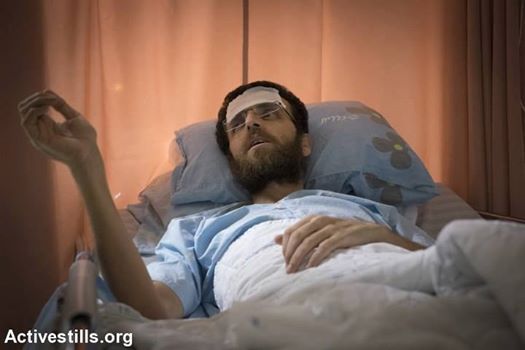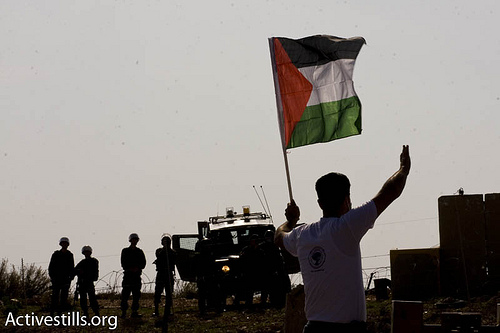Category: Features
-
Sit-in in solidarity with Muhammad Al-Qiq at Birzeit University
19th February 2016 |Birzeit University | Birzeit, Ramallah, occupied Palestine Birzeit University administration, Workers’ Union, and students organized a sit-in in solidarity with its former student and head of students council, Journalist Muhammad Al-Qiq, who has been on hunger strike since November 25 against his imprisonment without charges or trial. Protestors called for immediate and…
-
11 years of peaceful resistance in Bil’in
February 18th, 2016 | International Solidarity Movement, Ramallah team | Bil’in, occupied Palestine On Friday, February 19th, residents of the village of Bil’in will march to celebrate the 11th aniversary of the beginning of the weekly protest against occupation. The small village of inhabitants has for over a decade united Palestinians and internationals to support…
-
Call for Action: Save Mohammed al-Qiq
18th February 2016 | International Solidarity Movement| occupied Palestine 33-year-old journalist, Mohammed al-Qiq, is on hunger strike since November 25 2015, in protest against his imprisonment without charges or trial in Administrative Detention by Israel. Al-Qiq’s health has deteriorated to the point of facing imminent death. His wife Journalist Fayha Shalash is calling on journalists…


